Walera Martynchik
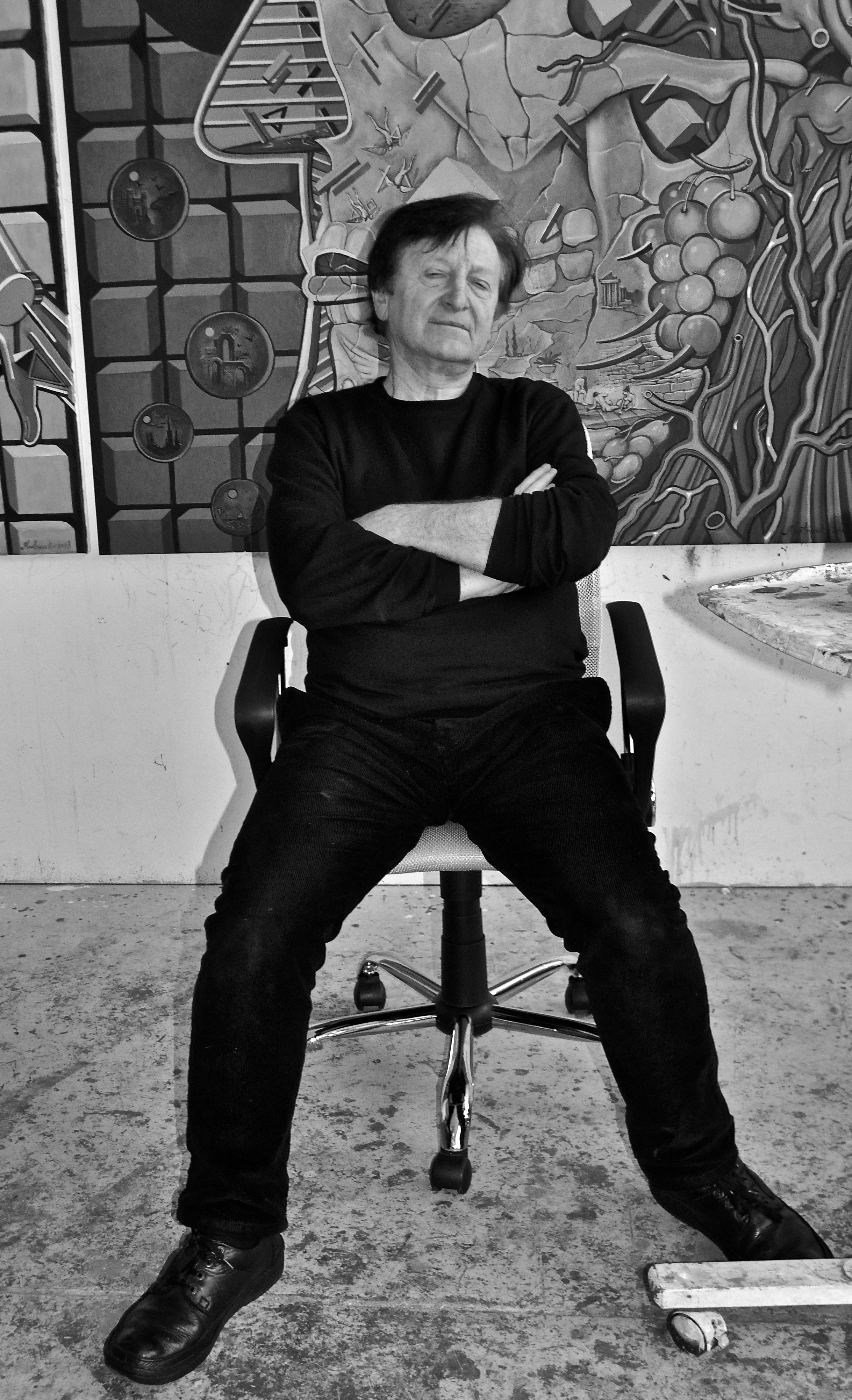
A giant heart pulsating lights in fluorescent pinks and blues, and what appeared to me as an artery illuminating the halls with its bright pastels, lighting up the dark room in fantasy as dusk fell on this wintry London evening. His giant sculptures made of wire mesh and lighting programmed to create the illusion of a beating heart. Cosmic Consciousness is what Walera talks to me about, when we start to discuss this body of work. When I observe Martynchik’s giant paintings in detail, I notice that everything is interlinked. The artwork of the inner workings of a human body with lungs, arteries, in detail, then the surreal language within the artwork, horsemen fighting battles in the stomach, fallen men, headless humans. Which represented turmoil to me, as that is where we most often feel it, in the stomach! When I ask Walera the context of it, he doesn’t explain but illuminates what we discussed, the book by Richard Burke, Cosmic Consciousness. His art is what he describes as “reconstruction of reality”. How it also inspired artists like Piet Mondrian of universal beauty.
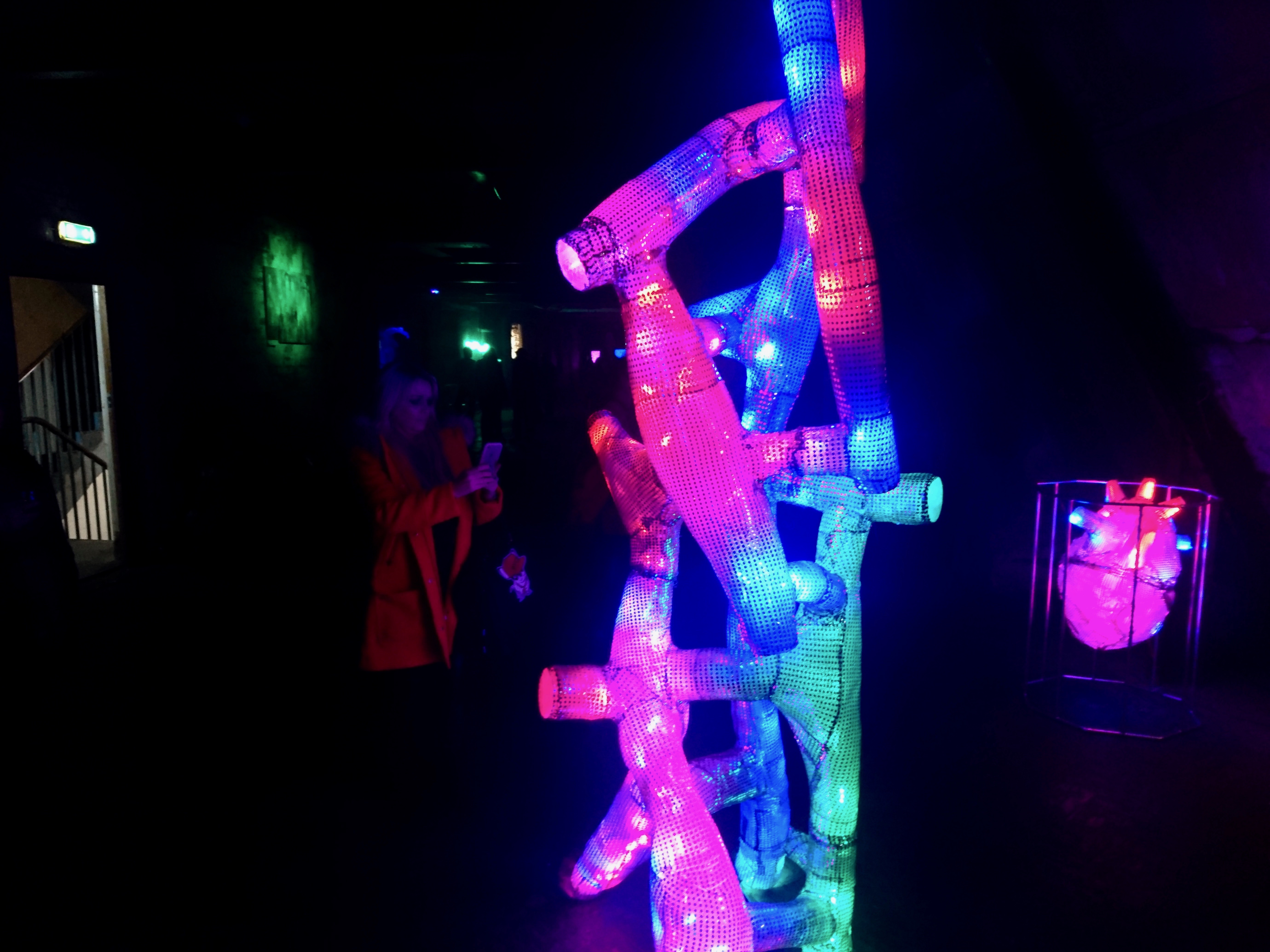
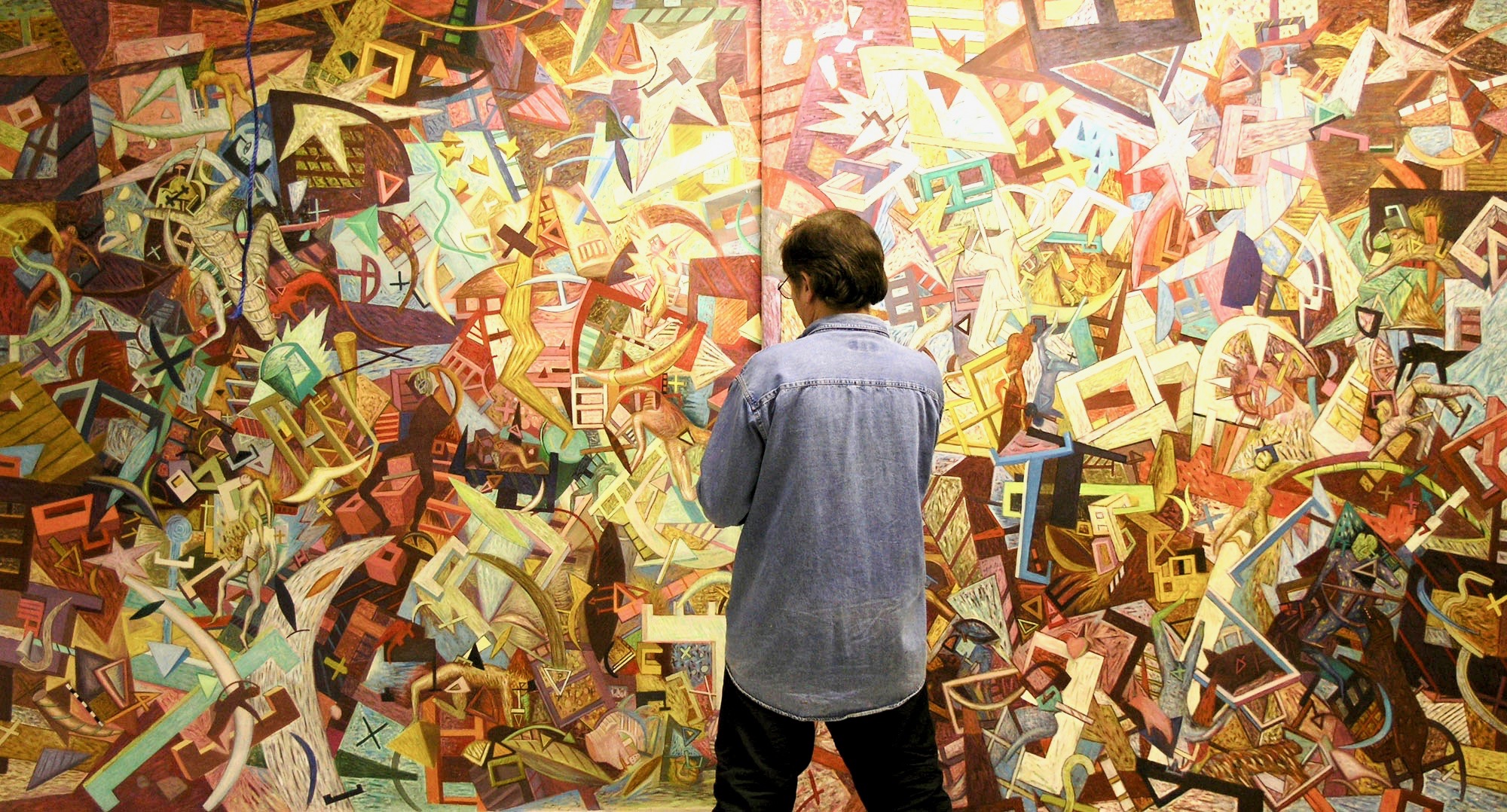
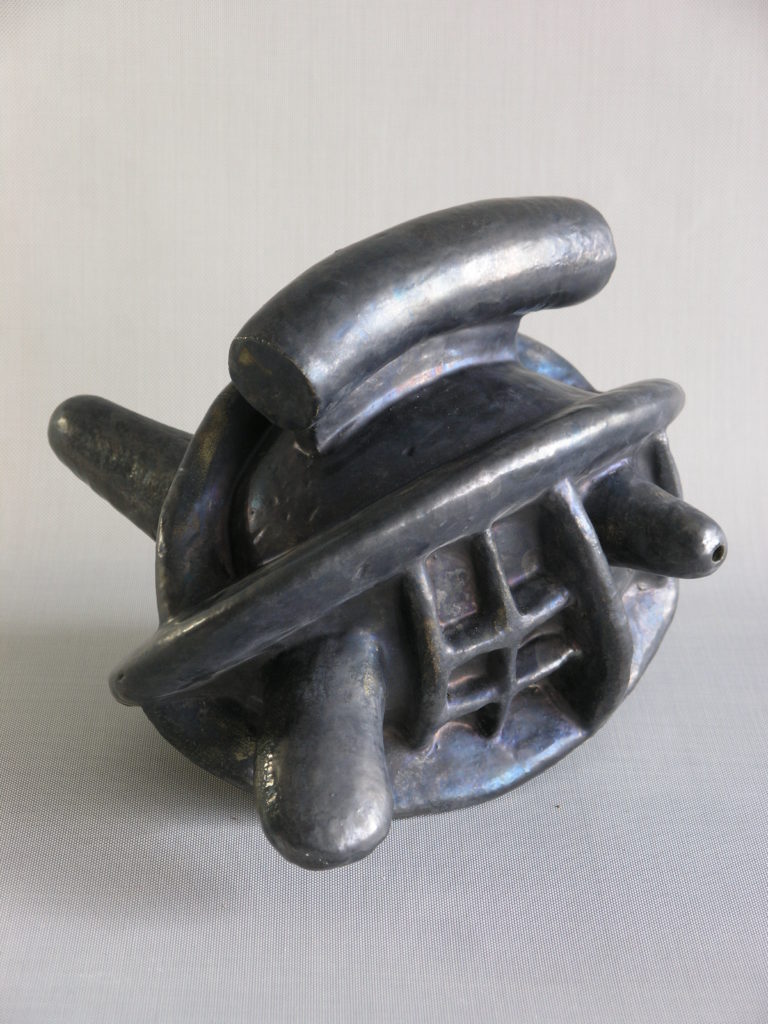
Walera’s art started as part of the Soviet Union underground movement, secretly painting his works until the first liberation, Perestroika, the reformation within the communist party of the Soviet Union during the 1980s and 1990s. I would describe Walera’s paintings as a story within a story and when you know a bit more about him, this will make sense and his work is all the more interesting. His father was a constable and his mum a microbiologist, however his mother passed away when he was an infant, so he was raised by his grandmother. She taught him how to read and Walera occupied himself with 50 volumes of encyclopaedias by Stalin. At seven he moved in with his father and step mother to the city of Grodno, what he describes as being supported by urbanisation. Walera then explains, emphasising; that the word civilisation means urban education in the Armenian language. He stresses the importance of Urban living and Education to me during our interview; whatever we take for granted, he lived through the oppression of free speech and western culture.

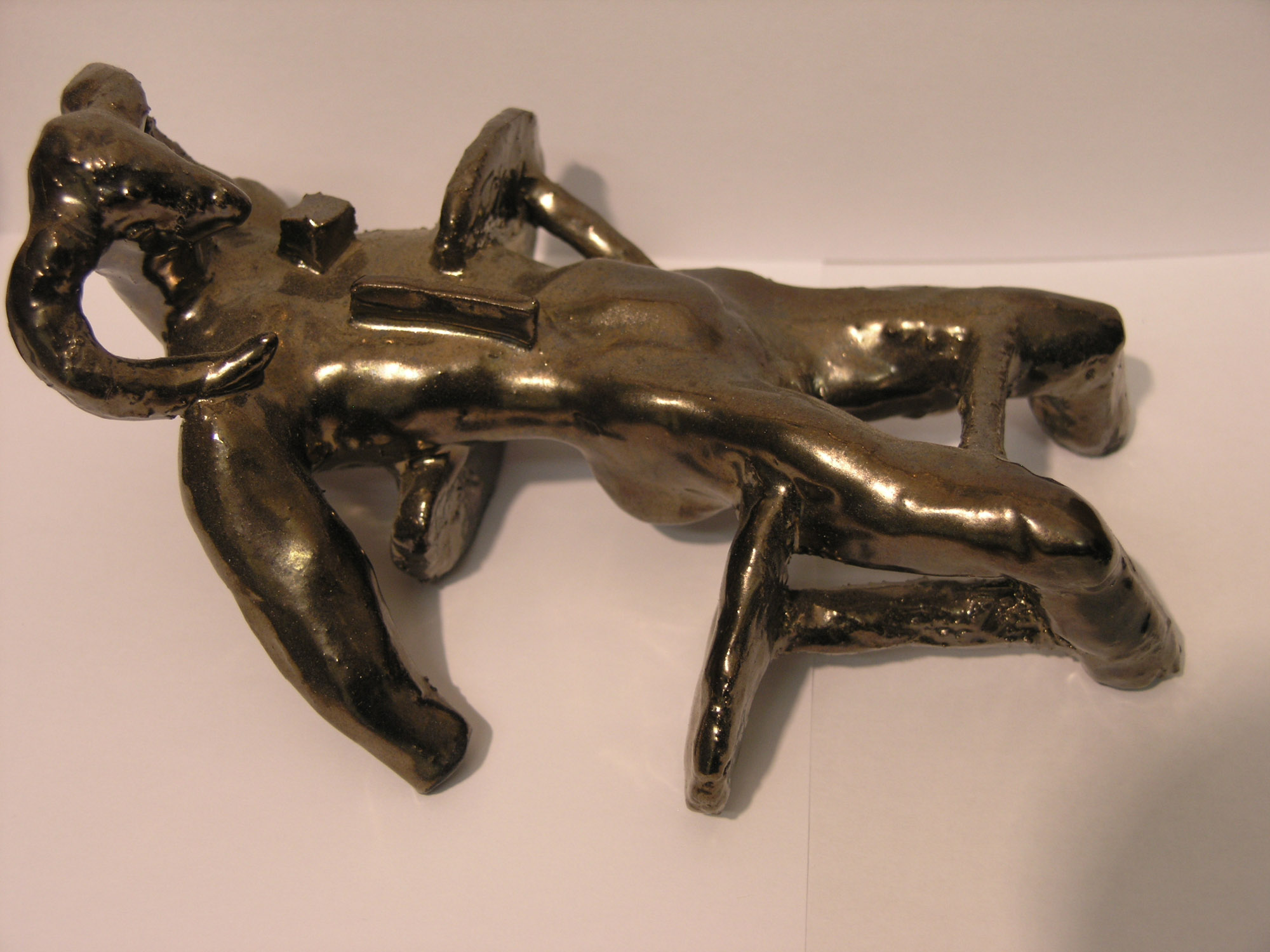
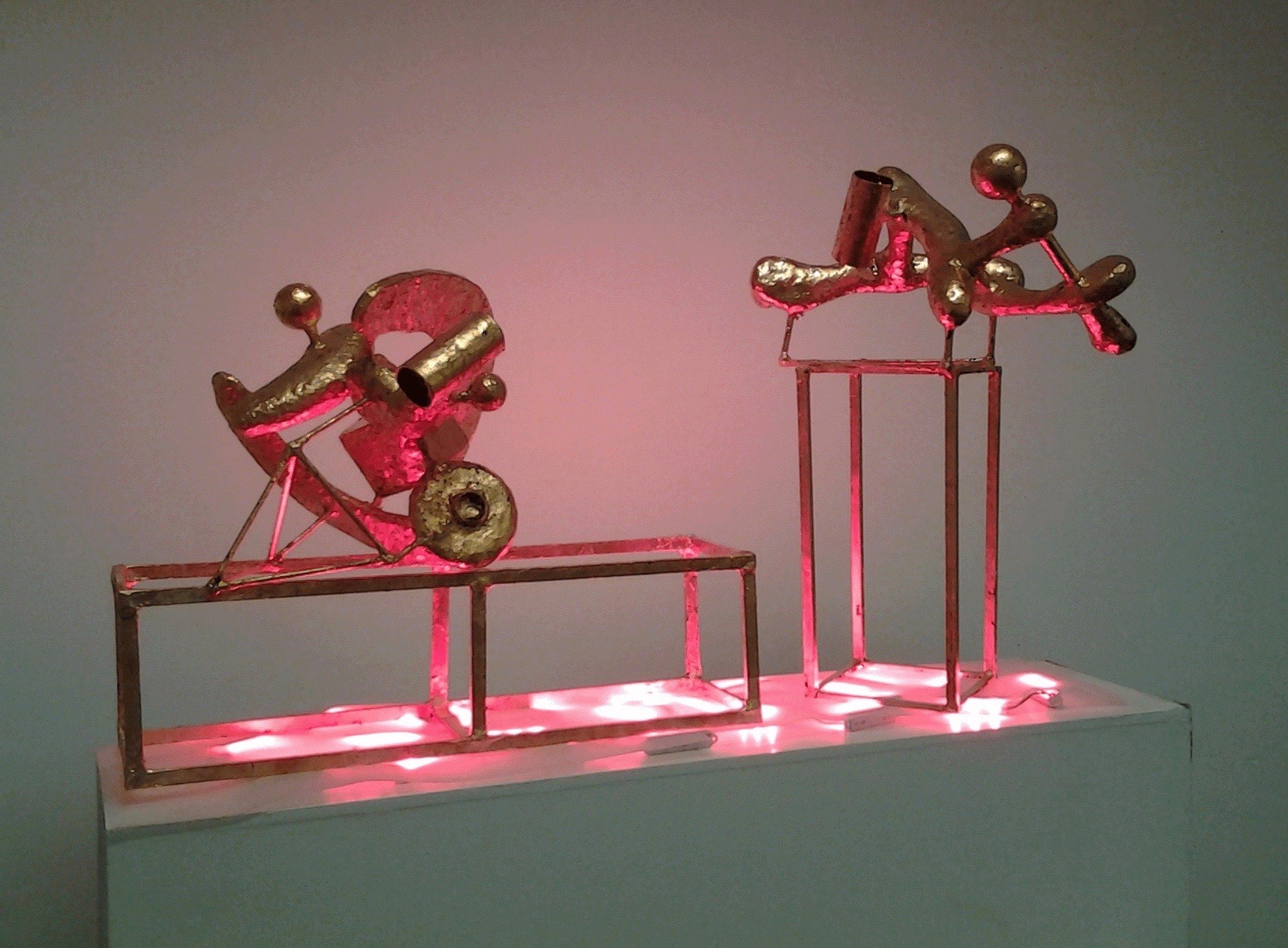
Before the 1960s, he had no knowledge of Picasso or Salvador Dali, Walera tells me, Marc Chagall who was born in Belarus, however was expelled from his position as an artist, his work considered too poetic. Artists in the Soviet Union were punished for experimenting, he tells me, it was considered a bourgeoisie activity and eliminated from the memory of students. Walera enrolled in the Academy of Art in Minsk, a five year course, education involved plenty of life drawing and he went on to work as a muralist making propaganda artworks for the Soviet Union. At night he created his own secret underground works.
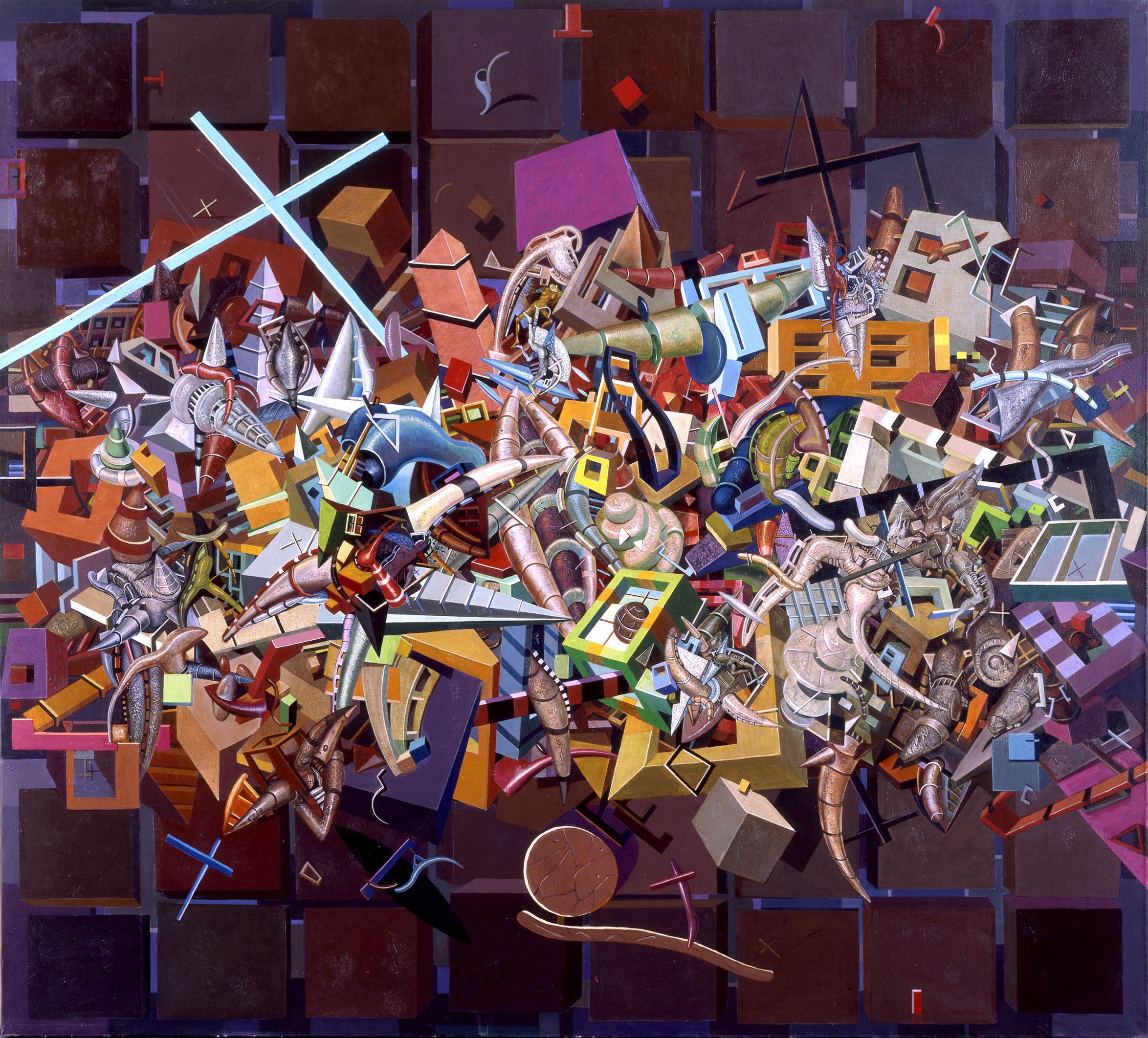
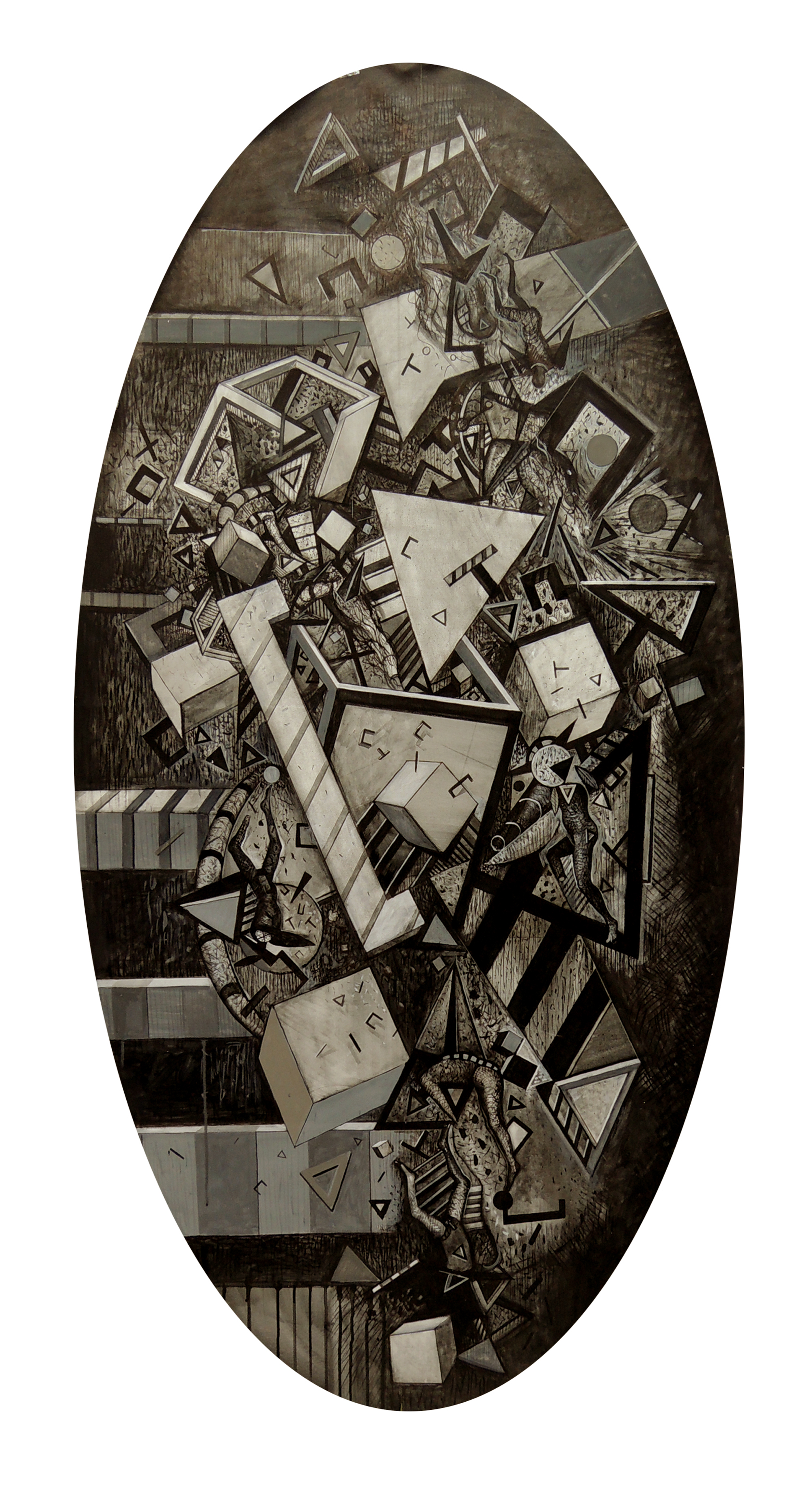
The curator Ninel Ziterova from the Estonian State Art Museum visited Martynchik’s private studio and invited him to exhibit his work at the Kadriorge Museum. However Walera suggested a group exhibition of all the underground artists which he subsequently also curated. The success of the show led to a series of exhibitions that became the very first Festival of the Soviet Underground Art movement in Narva and Moscow. Walera then moved to Poland as it was what he called a ‘Free Country’ and whilst in Poland he was invited to exhibit in the UK in 1990. Francis Bacon visited this exhibition and invited him to dinner in the West End. During this stay in London, he experienced a culture shock. He was struck by how beautiful London was, describing how he noticed the bridges, the trees and architecture, compared to what the communists had destroyed that he eventually set up home in the UK. He has been a Londoner now 29 years and lives together with his 18 year old son. Meanwhile he has exhibited in the Netherlands, France, Moscow, London and Singapore. I came across his work at the London Ultra Exhibition at the Oxo Tower Bargehouse Gallery.
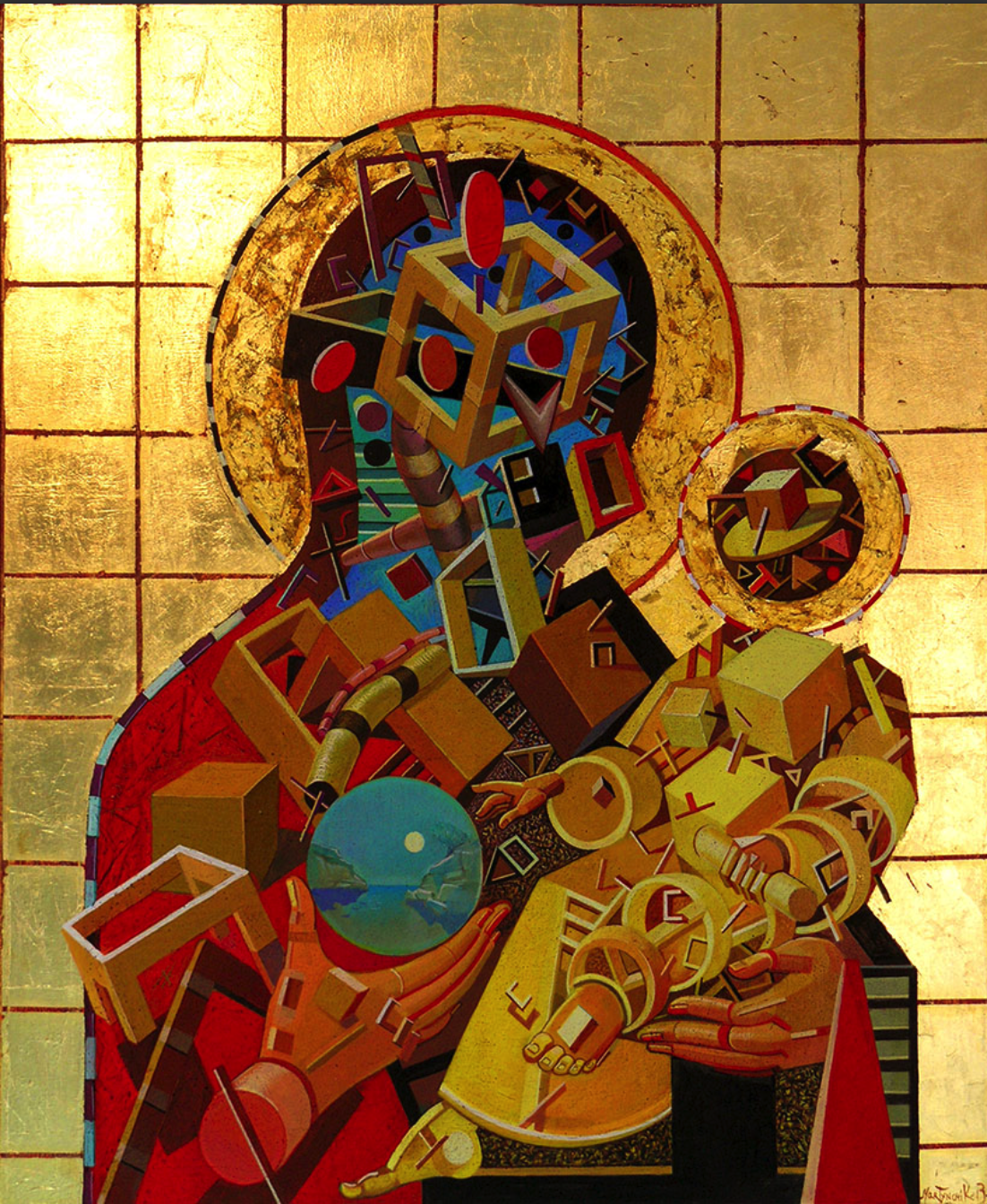
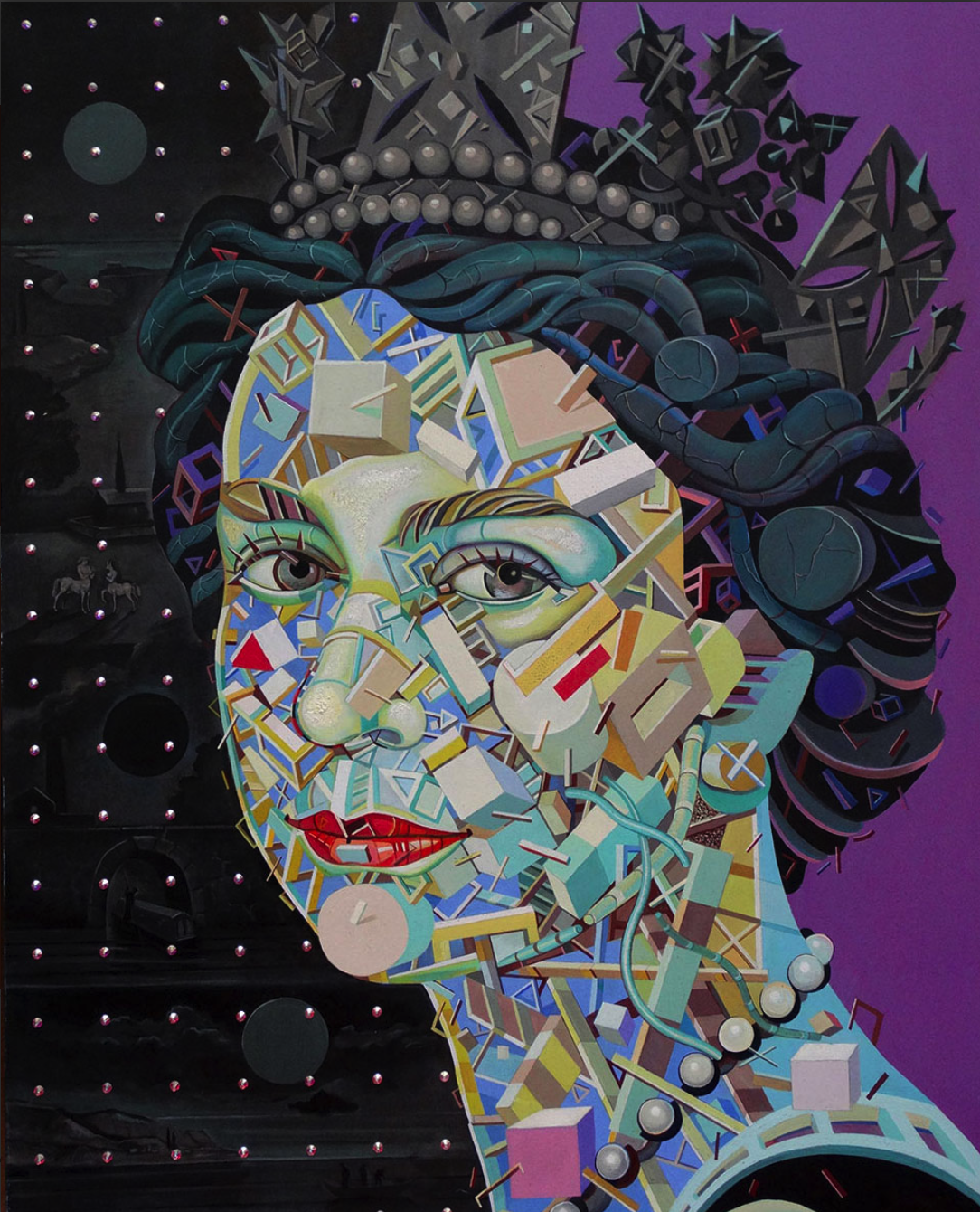
Walera’s work is complex and exciting. I feel like a girl lost in Aladdin’s cave as I wonder about his studio near Bow in the East End, as he prepares for his next show in Singapore. His giant sculptures, the head of a composer and small bronze figures and musical instruments that sit high on the bright windows, and his giant robot statue standing seven feet on a stone table, makes me think of the film Iron Man. I notice a series of paintings recollective of fictional book illustrations, only rather surreal, human figures with animal heads and roses. Martynchik illustrates to me the origins of the idea, a Christmas tradition back in the Soviet Union. I am gazing at a portrait of a young Queen Elizabeth II, with her gentle face and calm eyes, the symbolism in the details of the abstract artworks within the painting convey a subtext. This appears in all of his portraits. His next show is in Singapore, 15 January 2019 with his paintings based on music composers accompanied with his heart installation.
Interview: Antoinette Haselhorst
